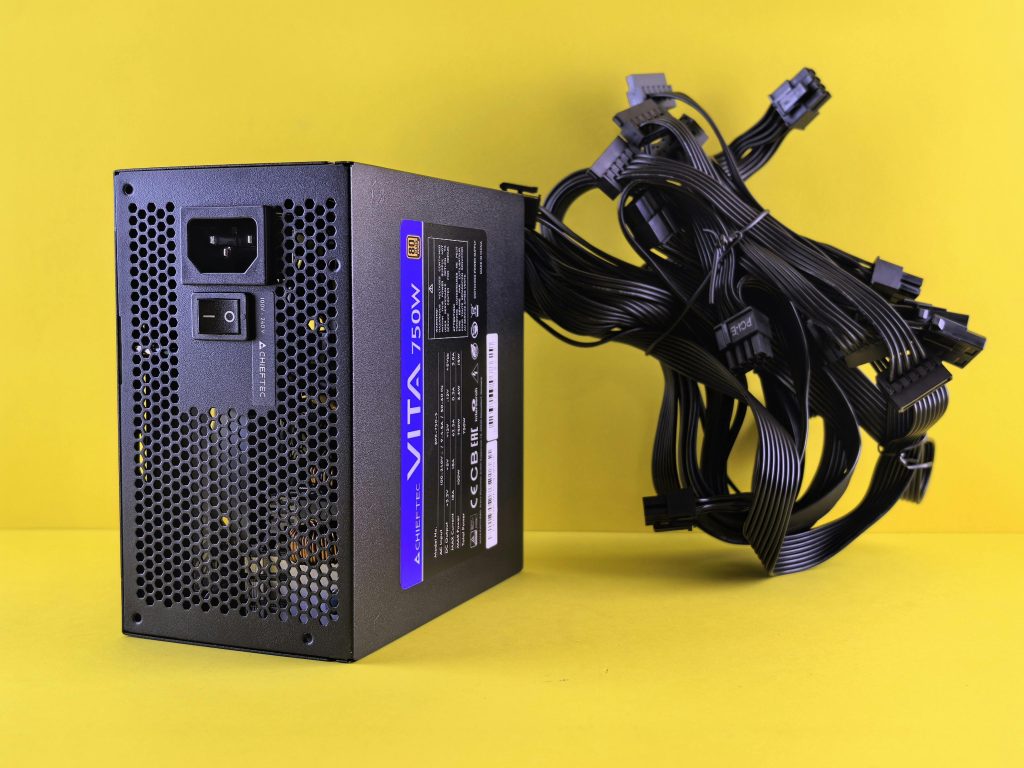Recovering a Corrupted Root C: Drive: A Step-by-Step Guide to Rescue Your Dual Boot Linux-Windows Setup
Introduction
The integration of Linux alongside Windows through dual booting is a great way for users to harness the capabilities of both operating systems. However, as many enthusiasts and learners—like my daughter—have found, this setup comes with its unique challenges. Recently, my daughter’s attempt to extend her Linux partition led to a disastrous situation where her computer no longer booted. Uncovering the issue revealed not only the extent of the malfunction but also the crucial steps necessary for recovery. This blog post will outline the process of recovering a corrupted root C: drive, along with key insights on dual booting, partition management, and Data Recovery.
Understanding the Dual Boot System
Before diving into the recovery process, it’s essential to grasp how dual boot systems operate.
What is Dual Booting?
Dual booting allows users to install two operating systems on a single machine, giving them the flexibility to choose which system to boot into at startup. The most common scenarios involve pairing Windows with a Linux distribution, enabling users to access applications unique to both environments.
The Partition Structure
When setting up a dual boot system, both operating systems are typically housed on separate partitions. Here’s how partitions work in a dual boot system:
-
Primary Partition: This is where the primary operating system (Windows, in many cases) is installed. The root C: drive usually refers to this partition.
-
Secondary Partition: Installed alongside the primary partition, this could be any Linux distribution, created from unallocated space or shrunk from the primary partition.
-
Storage Allocation: Properly managing partition sizes is crucial. Each operating system must have sufficient space for applications, system files, and user data.
Overview of the Incident
In my daughter’s case, she attempted to shrink the Windows partition to allocate more space for her Linux environment. Unfortunately, during this operation, she encountered a misstep that resulted in the machine failing to boot. Recovering from such a situation requires a structured approach and an understanding of the underlying data structure.
Step-by-Step Recovery Approach
1. Evaluating the Situation
The first step in the recovery process is assessing the situation. Here are the questions to ask:
- What is the current state of the computer?
- Do you have access to recovery tools and an external drive for backups?
In our scenario, my daughter’s PC was not booting, and I realized that we might need to use data recovery Software to investigate the partitions.
2. Preparing Your Environment
To begin, here’s how to prepare:
- External Recovery Drive: Ensure you have a reliable storage medium to back up any recoverable data.
- Tools and Software: Research various Data Recovery options. Here are a few commonly used options:
- TestDisk: An open-source tool that can recognize and recover lost partitions.
- EaseUS Data Recovery Wizard: A user-friendly Windows program that can recover partitions and files.
- MiniTool Partition Wizard: Useful for partition recovery and management.
For my specific situation, I needed to install the chosen recovery Software on my functional Windows machine.
3. Connecting the SSD
Given that my daughter’s 500GB SSD is a PCIe type, and I have a Windows machine, the next step involved using an interface cable to connect her SSD to my computer. Here’s how to connect the SSD:
- Use a PCIe to USB Adapter: This will let you connect the SSD to your Windows machine. Ensure both machines are powered down before making the connections.
- Boot to Windows: Once connected, boot up your Windows system and ensure the newly connected SSD is recognized.
4. Running Data Recovery Software
Now it’s time to utilize Data Recovery software:
- Initialize the Software: Launch the recovery program and select the connected SSD.
- Scan for Lost Partitions: Use the search feature within the software to scan for lost or corrupted partitions. Depending on the size of the SSD, this process might take some time.
For instance, with TestDisk, the steps include:
– Selecting the correct disk from the detected volumes.
– Choosing the type of partition table (usually Intel/PC for Windows).
– Allowing it to analyze the structures.
Once the scan is complete, you should see any lost partitions that can potentially be restored.
5. Restoring Missing Partitions
If the recovery tool identifies the lost partitions, proceed with restoring them:
- Select the Partition to Restore: Make sure to review the details of the partitions before confirming.
- Write Changes: Most programs will ask for confirmation to write partition details back onto the SSD.
6. Backing Up Data
Before any attempts to boot into the operating systems, back up critical data:
- Copy Files: Use the recovery software’s interface to copy important files and folders to your external drive.
- Verify Backup: Make sure the backup is complete and files are accessible.
The Importance of Disk Management
After the recovery process, it’s crucial to revisit how partition management can avoid issues in the future. Proper disk management can save considerable time and stress.
Key Principles of Disk Management:
-
Use Disk Management Tools: Windows includes a utility to manage partitions conveniently. Access it by typing “diskmgmt.msc” in the Run dialog.
-
Regularly Back Up Data: Set a consistent schedule for system backups. Tools like Windows Backup, Time Machine for Mac, or specialized software for Linux can make backups easier.
-
Monitor Disk Space Utilization: Regularly check your SSD’s available space on both operating systems. This helps manage how much space each OS requires effectively.
Conclusion
Recovering a corrupted root C: drive, particularly within a dual boot setup, can be daunting but manageable with the right approach. In this breakdown, we outlined the necessary steps to assess and remedy the issues my daughter faced, culminating in a successful recovery of her data.
As we grow increasingly reliant on our devices—whether for work, studies, or personal projects—understanding how to manage and Recover Data is vital. The lessons learned from this experience emphasize the importance of careful partition management and having appropriate recovery tools ready.
Ultimately, this ordeal showcases not only the challenges associated with dual booting but also the resilience that can arise from learning and adapting to technology. My daughter and I are now better equipped to face any future IT challenges that may arise, and her expanded knowledge of Linux will undoubtedly open doors to even greater creative projects down the line.
Share this content:




It sounds like you’re on the right track with your Data Recovery efforts. When dealing with a corrupted or lost partition on a C: drive in a dual boot setup, using reliable recovery tools like TestDisk or MiniTool Partition Wizard can be very effective. Before proceeding, ensure you have a clean, external backup of any accessible data to prevent further data loss.
Here are some additional tips that might help: